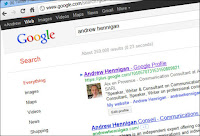Three Non-Obvious Issues in Multicultural Meetings

When you are planning a meeting with people from different cultures maybe you have already prepared by learning about the way people greet each other and other surface cultural differences. But chances are that your meeting might be derailed by some non-obvious cultural misunderstandings. Here are the top three problems I have seen in workshops and coaching people about intercultural business. 1. MEETINGS DON'T ALWAYS HAVE THE SAME SCOPE. This is probably the hardest intercultural issue for most people because they rarely if ever ask themselves what a meeting is for, yet this basic concept is the root of many conflicts. In the USA and some western European countries meetings are usually open forums where new ideas can be discussed -- even ones that have never been raised before -- and decisions are taken that will automatically be implemented later. There are significant variations to this approach in many other countries. In Japan, for example, decision making is by consensu...









